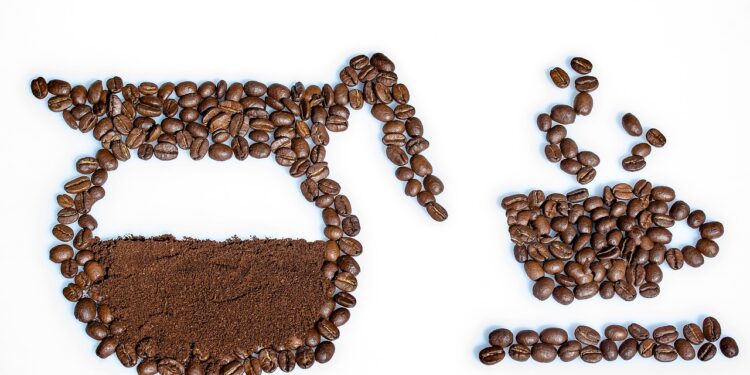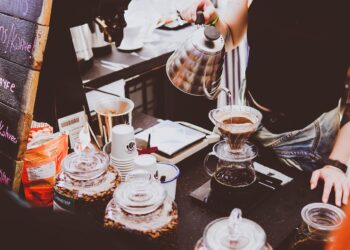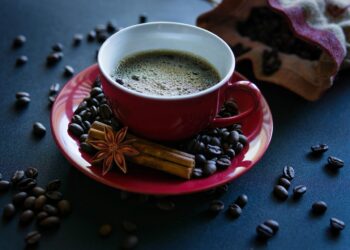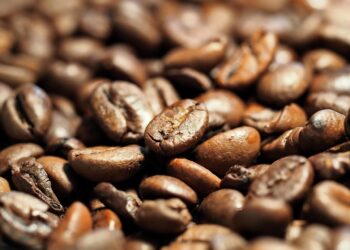Perfecting Your Brew: The Impact of Time on Coffee Flavor
Coffee, one of the world’s favorite beverages, is enjoyed by millions in myriad forms, from espressos to lattes, each with its own unique flavor profile. For coffee enthusiasts and casual drinkers alike, understanding the influence of brewing time is essential to mastering the art of coffee making. This article explores how various timing elements during the brewing process can significantly alter the taste of coffee, providing insights into achieving the perfect cup every time.
The Basics of Brewing Time
The process of brewing coffee might seem simple, but various factors such as the brewing time significantly impact its overall flavor. Brewing time refers to how long water is in contact with the coffee grounds. This duration directly affects the extraction of flavors and oils from the coffee grounds, a process that is crucial to developing a well-balanced cup.
1. Understanding Extraction
Extraction is the process of pulling out the flavors and compounds from coffee beans. These include oils, acids, and other aromatic molecules. The goal is to achieve a balance where the desirable flavors are maximized while the undesirable, often bitter compounds are minimized. The extraction rate is influenced by the grind size, water temperature, and critically, the brewing time.
The ideal extraction yields a coffee that is neither too weak nor overly bitter, highlighting attributes like acidity, sweetness, and the intrinsic character of the coffee’s origin.
Optimal Brewing Times for Different Methods
Different brewing methods require different times to reach optimal extraction, largely depending on the method’s nature and the grind size of coffee used.
1. Espresso
Espresso is known for its quick, intense brewing process, typically requiring about 20 to 30 seconds of extraction. This short period is enough because of the fine grind and the high pressure of water used, effectively extracting coffee flavors swiftly.
2. French Press
For a French Press, the recommended brewing time is about 4 minutes, but some prefer anywhere from 3 to 5 minutes. The coarser grind and the immersion technique allow for a slower extraction that’s more forgiving yet full-bodied.
3. Pour-Over
In pour-over methods, brewing time can vary significantly, usually between 2 to 4 minutes, depending on the grind size and the pouring technique. The key is to maintain even extraction by pouring hot water in a consistent and controlled manner.
4. Cold Brew
Cold brew coffee is known for its long brewing time, typically ranging from 12 to 24 hours. The prolonged contact time, combined with cold water, extracts a different flavor profile — less acidic, smoother, and often sweeter than its hot-brewed counterparts.
Common Questions About Brewing Time
1. How does brewing time affect caffeine content?
There’s a widespread belief that longer brewing times result in higher caffeine content. While extraction time does influence caffeine extraction, the difference is often minor. Factors like coffee bean type and water temperature play more substantial roles in determining caffeine levels.
2. What happens if coffee brews too long?
Over-extraction occurs when coffee grounds are in contact with water too long. This results in a bitter, harsh flavor due to the extraction of undesirable compounds. Precision in timing is crucial to avoid this common pitfall.
3. Can the brewing time vary with the coffee type?
Absolutely. Different coffee beans may have unique densities and moisture contents, affecting how quickly flavors are extracted. Experimenting with brewing times can enhance specific characteristics of a coffee type, emphasizing its unique qualities.
Tips for Experimenting with Brewing Time at Home
To explore the impact of brewing time on coffee flavor, start by adjusting the time in small increments. Use the same coffee beans, grind size, and method for a controlled experiment. Note any changes in flavor, acidity, and body.
Additionally, make sure your equipment, like grinders and scales, are precise and well-maintained. Consistency in grind size and coffee-to-water ratio can also influence the results of your brewing experiments.
Conclusion
Mastering the perfect brew involves a deep understanding of the role of time during the coffee-making process. By exploring and optimizing brewing times according to the method and type of coffee, enthusiasts can unlock the full potential of their favorite beans. Whether you desire a bold espresso or a smooth cold brew, tweaking the brewing time can dramatically transform your coffee experience.
Remember, the journey to finding your ideal brew is personal and subjective. Enjoy the process and relish each cup as a unique expression of coffee craftsmanship.





